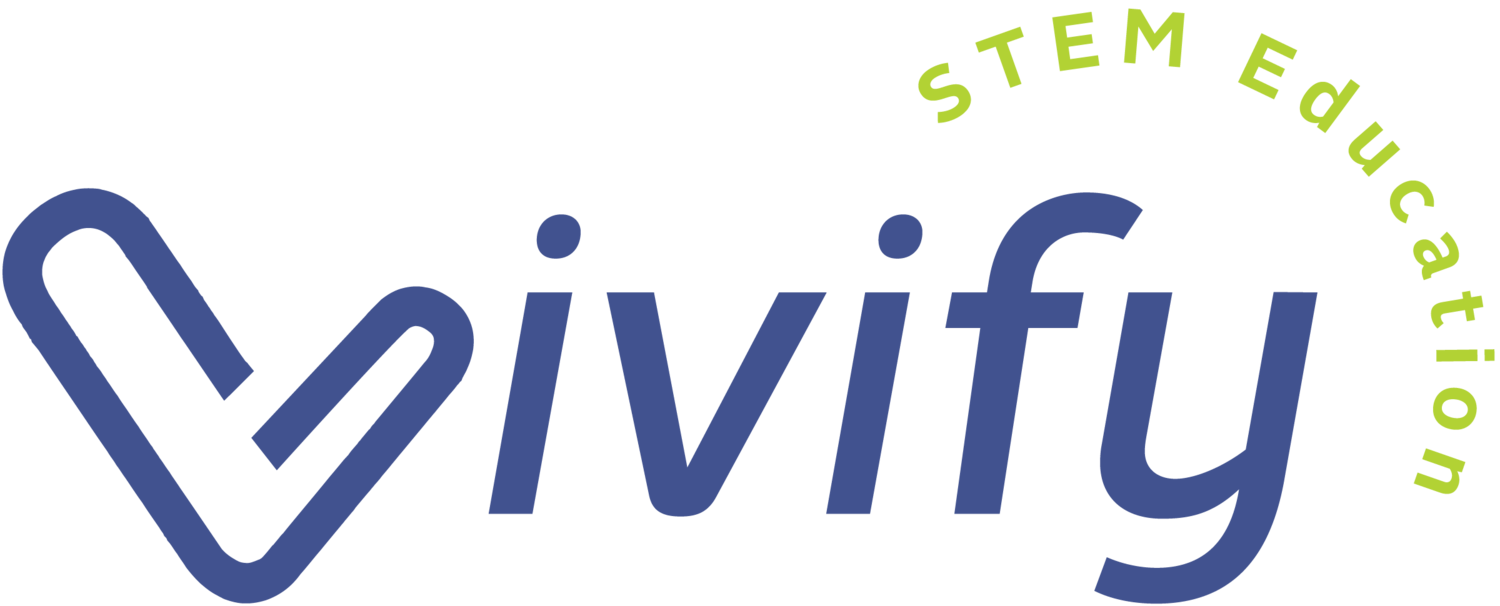Ocean STEM Activities
Post by Julie Lyons
Originally Posted: August 16, 2022
Updated: March 2024
5, 4, 3, 2, 1! There are 5 oceans 4 (for) our students to explore in these 3 fun ocean activities consisting of 2 science experiments and 1 art project. First, we provide an overview of a famous oceanographer, outline a 5E Ocean Science unit, and provide instructions on a fun ocean zones in a bottle activity! Let’s dive in!
Historical Background
Many remember the exciting Moon landing of 1969, but television in the 1960s also brought us into another extreme world - our oceans right here on Earth! The TV documentary The Undersea World of Jacques Cousteau brought a whole new audience to the fascinating depths of our oceans.
In order for Jacques Cousteau to explore our oceans, he had to invent new devices that would allow him to stay underwater longer and go deeper into the depths of the ocean. Jacques helped invent two devices to solve these problems: The Aqua-Lung (1943) and the Diving Saucer (1959).
Aqua-Lung: The Aqua-Lung was an oxygen tank hooked to hoses and a mouthpiece. It allowed for diver-controlled breathing underwater. Diver-controlled breathing was a huge advancement from having the oxygen constantly on and being unnaturally forced without following a breathing pattern. It was the predecessor to our modern-day scuba diving tanks or self-contained underwater breathing apparatus (SCUBA).
Diving Saucer: The Diving Saucer opened opportunities for much deeper ocean diving with 2 explorers on board. It was like a mini-sub but shaped flat like a saucer. Both explorers would lie on their bellies and look out of port holes as they ventured deeper and deeper - recording new findings, cataloging, filming and sharing all.
Fast forward to today, and we still have so much ocean area to be explored. Our oceans make up over 70% of the world. The 5 oceans, Atlantic, Pacific, Southern, Arctic, and Indian each have unique terrain, sea life, and temperatures. How do we get the next generation interested in our oceans? Just like Jacques did, we share the beauty and wonder of the ocean with hands-on fun!
5E Oceans Science Unit + Art Activity
Now that you have learned all about Jacques, let’s dive right into this 5E Science Learning Model where students build conceptual understanding from exploration. Check out the graphic above for a great visual of this lesson. First, we have students conduct a series of experiments to explore whether objects will sink or float depending on various properties. The explain phase then connects these experiments to concepts of buoyancy, density, and salinity. Students apply knowledge through class discussions and a fun ocean zone art activity described below.
Engage: Which object will sink or float?
Explore: Salt Water Density Experiment + Scuba Diver Experiment
Explain: Connect Experiments to Science Concepts
Elaborate: Deepen Understanding with Discussion + Ocean Zones in a Bottle Art Activity
Evaluate: Think Pair Share + Reflections
Ocean Zones Activity
Part of this Ocean Unit includes an ocean zone activity in a bottle to visualize three of the zones in the ocean: Sunlight Zone, Twilight Zone, and Midnight Zone.
Materials Needed:
Small water bottles & the cap
Blue food coloring
Dark Karo syrup
Cooking oil
Hot glue gun with glue sticks
Funnel
Sharpie
SciShow Kids Ocean Zones video
Pass out a bottle to each student. Have students either drink ⅔ of the water or pour it out. Leave ⅓ of water in each bottle.
Give each student a few drops of blue food coloring. Screw the cap on tight and shake to spread the food coloring.
Add ⅓ of the bottle size of dark Karo syrup (tint with dark food coloring if needed).
Take off the cap, and use a funnel to fill the rest of each bottle with baby oil or cooking oil. Leave a tiny bit of room at the top to not spill over when you re-cap the bottle.
Screw cap on, and then have students make a line to receive hot glue around the lids to keep them sealed tight. Have students blow on lids to cool the glue. Wait a few mins while you read a book or talk about oceans.
Shake bottles and watch what happens! Then let bottles be still. What happens now? Talk about the 3 zones in the ocean bottle from the video.
Help students mark each zone with a sharpie line as the ocean settles still and write the words sunlight, twilight, and midnight in the correct zones.
We combine this activity with a fun ocean art activity where students need to match the sea creatures with the appropriate zone as shown below.
Top 5 Resources on Oceans for Kids
To get started, check out these great resources about our oceans, buoyancy, and scuba diving!
Want to implement this activity in your classroom or program? Check out our full teacher and student STEM guide below.
I hope you will conduct this amazing 5E Science Unit with your students and pass on the knowledge of our amazing oceans. You could be teaching the next great oceanographer!







